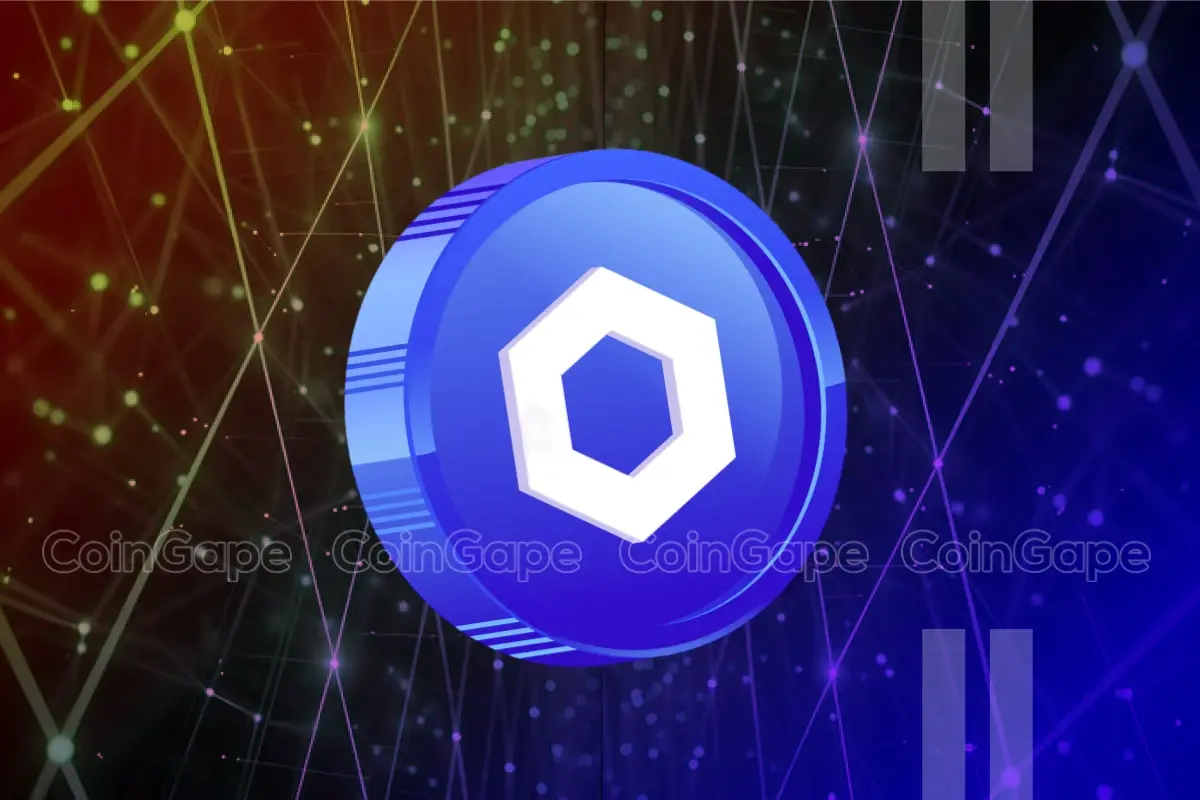It can be hard to keep up with all the acronyms and abbreviations that crypto is peppered with, but here’s one worth committing to memory. Take heed of JAM as you’ll be hearing it a lot more in future. An abbreviation of Joint-Accumulate Machine, JAM is at the heart of a radical reinvention of Polkadot – and there’s a lot at stake, both for users and for the developer teams competing for a 10M DOT bounty to implement the technology.
A Short and Sweet Guide to JAM
In April, Dr. Gavin Wood released the JAM gray paper. This technical document outlines his radical vision for transforming Polkadot’s architecture to support greater scalability and allow innovations such as ZK-based rollups to work atop its parachains. JAM will make it easier for developers to deploy dapps, is less complex than the current parachain model, and enables a transactionless ecosystem in which data can flow freely.
In essence, JAM is an attempt to combine the best elements of Polkadot with the best parts of Ethereum, as Wood alluded to in a fireside chat with Vitalik Buterin at EthPrague. It can be hard to visualize abstract concepts, particularly for non-technical users, but to aid comprehension, the following metaphor has been conjured.
If we think of Ethereum as a city populated by numerous applications that traverse its streets, Polkadot is more like a series of suburban neighborhoods that are further apart and linked by a main thoroughfare – the relay chain. Polkadot’s uptown design versus Ethereum’s downtown layout makes the former less crowded but also more isolated. JAM is an attempt to improve the transport links connecting Polkadot’s neighborhoods.
It achieves this by expanding the types of services that can run on the relay chain by combining Ethereum’s smart contract architecture with Polkadot’s existing parachain framework. JAM comes packing serious muscle such as support for parallel processing, allowing Polkadot to handle hundreds of chains and programs simultaneously. That, in essence, is why JAM is such a radical reinvention of Polkadot and why it’s gotten its developer community so excited.
Web3 Foundation Places a Bounty on Decentralizing JAM
The importance of blockchain protocols being highly decentralized doesn’t need restated. Suffice to say that like any core piece of infrastructure, JAM needs to be free of centralized control. To achieve this, Web3 Foundation has created a sizable bounty for developers willing to step up and accept the challenge of building JAM clients for accessing its protocol.
Just as there are different clients used to access blockchain staking services, the same is required for JAM and there are already dozens of implementations under development. A total of 10,000 DOT and 100,000 KSM is up for grabs courtesy of Web3 Foundation which is seeking to accelerate efforts to distribute the JAM protocol. It’s encouraging developers to use different programming languages and methodology to ensure a diverse set of clients is available. Members of the Polkadot Fellowship will judge submissions before awarding prizes to the best entries.
The Bull Case for JAM
The improvements that JAM will bring to Polkadot and web3 in general are huge. It will deliver 3x the computational capacity that parachains can currently handle, 6x the throughput of Solana, and around 600x that of Ethereum. JAM has major implications for developers of high volume dapps and will unlock new use cases for DeFi, high-frequency trading, and much more.
One of the most exciting things that JAM will introduce is ZK rollups, which have become a mainstay on Ethereum but have yet to seriously permeate other chains. These have applications in the field of privacy in particular, allowing developers to code financial apps that don’t reveal sensitive data onchain. But all of that lies ahead. For now, the focus is on decentralizing JAM and stabilizing it on the Polkadot mainnet. Once that’s achieved, the sky’s the limit.
No spam, no lies, only insights. You can unsubscribe at any time.







